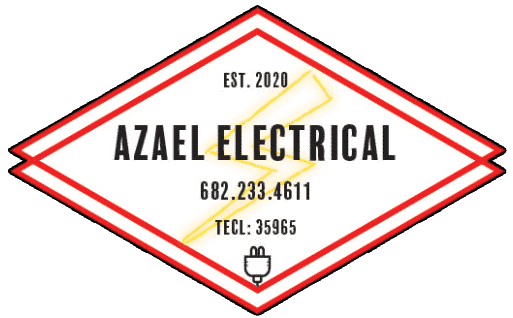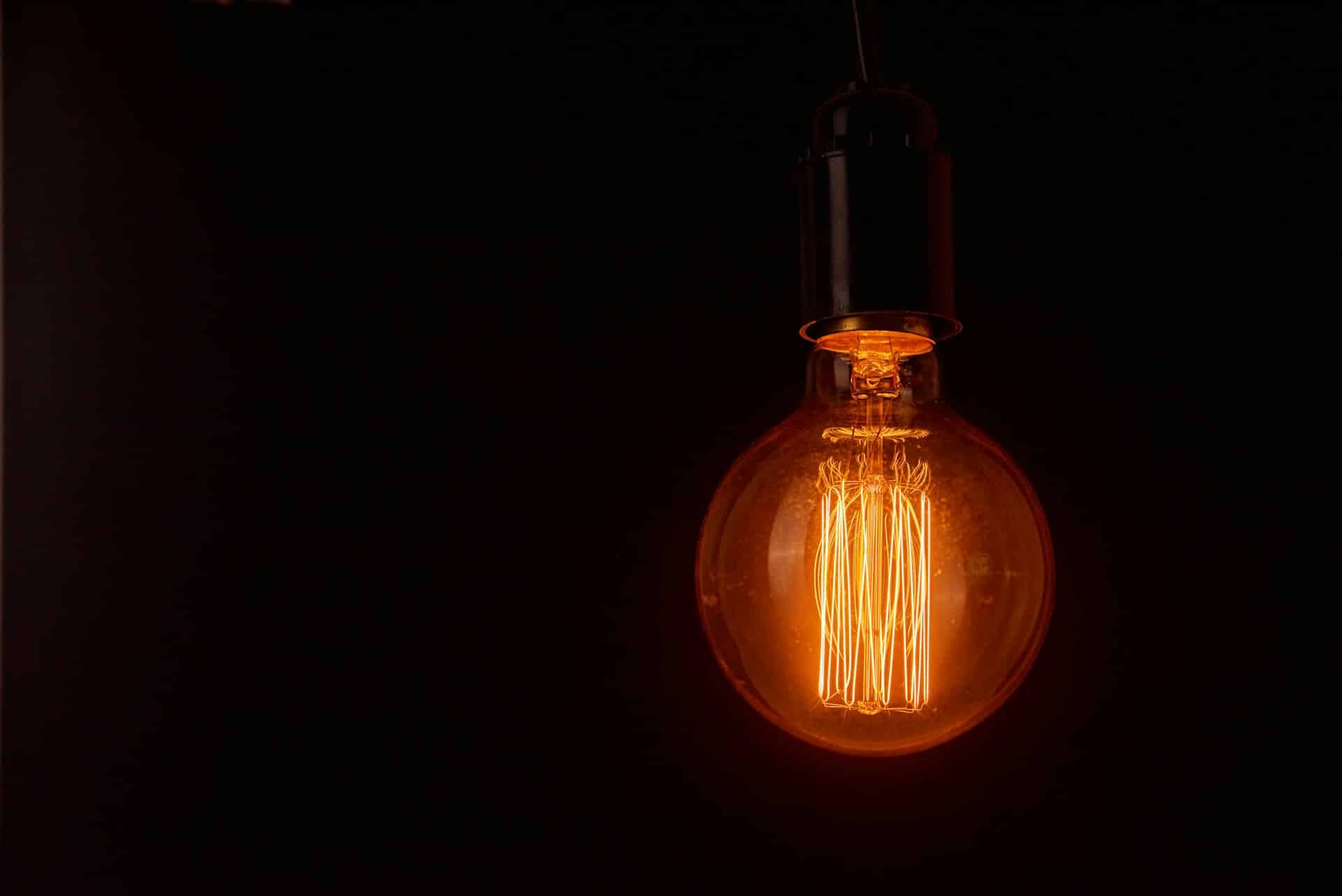Power surges are unexpected and often frustrating events that can disrupt the normal flow of electricity in your home. These sudden spikes in electrical current can happen when lightning strikes nearby or an appliance overloads your circuits. Understanding how power surges occur can help you prepare and safeguard your home from potential harm.
Damage from power surges can range from minor inconveniences, like resetting clocks, to severe issues, such as damaged appliances or fried electronics. Few things are more frustrating than replacing expensive devices due to a preventable surge. Fortunately, there are several steps you can take to protect your home and its contents from these electrical hiccups.
Implementing preventative measures is crucial in minimizing the impact of power surges. Using surge protectors and ensuring proper electrical grounding are vital steps toward protecting your valuable electronics. By understanding the risks and taking proactive steps, you can better protect your home against power surges and enjoy peace of mind.
Understanding Power Surges
Power surges, sometimes called voltage spikes, occur when there is a sudden increase in electrical current within the wiring of a home. Typically lasting for just a few microseconds, these surges can have long-lasting effects on electrical devices and systems within your house. It’s important to understand how they happen to better protect your home from potential harm.
One common cause of power surges is lightning strikes. When lightning hits a power line, it introduces a massive and sudden rush of voltage. While not as frequent, this natural event can be incredibly destructive. More often, power surges are due to electrical overloads. This happens when too many devices are plugged into a single circuit, causing a surge of electricity as the circuit struggles to deliver the needed power. Finally, faulty wiring can also lead to power surges. Damaged wires or poor-quality connections can cause electrical flow to become unstable, leading to these spikes.
To prevent power surges from affecting your home, it’s essential to recognize these causes and take precautions. Knowing what triggers these surges can help you implement preventive measures and keep your home and its devices protected from sudden electrical changes.
Identifying the Risks of Power Surges
Power surges are more than just a brief annoyance; they pose significant risks to home electronics and safety. Understanding these risks is crucial for homeowners looking to shield their investments and ensure the safety of their family and property.
One significant risk of power surges is the damage they can cause to appliances and electronics. Imagine waking up to discover that your refrigerator or television is no longer working due to a surge. This is not only inconvenient but can also be costly. The sudden increase in voltage can fry circuit boards, rendering devices useless. Computers, televisions, and even small kitchen appliances can suffer irreparable damage.
Beyond damaging individual devices, power surges can compromise the entire home’s electrical system. The extra voltage can weaken wiring, making them unsafe over time. This might lead to increased risks of electrical fires if not addressed promptly. Faulty wiring as a result of repeated surges could also pose a danger to anyone using the electrical system.
To avoid these risks, homeowners should make an effort to keep track of any unusual patterns with electrical appliances. Regularly inspecting the condition of your home’s electrical system can help in identifying potential surge issues before they become substantial problems. Taking the time to understand these risks can save you from future headaches and expenses while ensuring that your home’s electrical system remains safe and secure.
Preventive Measures Against Power Surges
Taking preventive measures can save you a lot of trouble when it comes to power surges. The first step to protect your home is using surge protectors. These devices are designed to intercept excess voltage before it reaches your appliances. You can buy individual surge protectors for small electronics, or you can consider a whole-house surge protection system. This system is installed at your electrical panel to guard all circuits in your home against power surges.
Proper grounding is another crucial preventive step. Ensuring that your home’s wiring system is correctly grounded helps divert excess electricity into the earth, reducing the likelihood of a surge affecting your devices. It’s wise to get an electrician to inspect your home’s grounding to make sure it meets safety standards.
Regular maintenance checks on your electrical system can also prevent power surges. Checking for faulty wiring or overloaded circuits can help you catch potential problems early. It’s essential to keep an eye out for flickering lights or constantly tripping breakers, as these could indicate issues that might lead to power surges.
By implementing these measures, you can significantly reduce the risk of power surges and protect your home and electronics from potential damage.
What to Do After a Power Surge Occurs
If you experience a power surge, it’s important to know the steps to follow to minimize damage. Start by unplugging any affected devices and appliances to prevent further electrical flow to them. Then, inspect these devices for signs of damage, such as a burnt smell or scorched sockets.
Check your home’s electrical panel for any tripped circuit breakers. Reset them only once. If they continue to trip, there might be a more significant issue at play, and it’s best to leave them off and consult with an expert. After checking the breakers, assess any visible damage to wiring or outlets.
For complicated issues or if you suspect internal damage, calling a trained electrician is crucial. If your home has experienced frequent surges, an inspection can reveal underlying problems that a simple reset won’t fix.
While these steps help with immediate aftermath care, it’s essential to address underlying causes to prevent future occurrences. Remember, safety first; if you’re unsure, it’s always best to call in a professional.
Conclusion
Understanding and managing power surges is vital for homeowners to keep their properties safe and secure. Frequently overlooked, these electrical spikes can cause significant damage to both your valuable electronics and your home’s wiring system. By learning what causes power surges and identifying potential risks, you arm yourself with the knowledge needed to protect your family and belongings.
Taking preventive measures, such as installing surge protectors and ensuring your house’s grounding is up to code, greatly reduces the impact these electrical incidents have. Regular maintenance and electrical checks further safeguard your home, ensuring that any problems are dealt with before they become severe.
In cases where power surges do occur, knowing how to respond quickly can make a substantial difference in minimizing damage. Follow the outlined steps and never hesitate to call in professionals for more complicated issues. Securing your home against power surges ensures a safer, more comfortable living environment.
For residents in the DFW metroplex, Azael Electrical is here to help protect your home from power surges. Our experienced team of professional electricians offers consultations and expert solutions to ensure your electrical needs are met with safety and efficiency. Contact us today to learn more about how we can secure your home against power surges and enhance your electrical system’s resilience.

